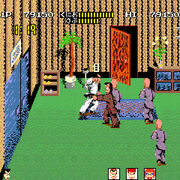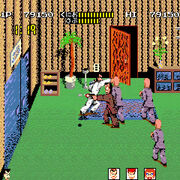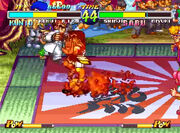Just putting it here first:
[URL='https://howthingsfly.si.edu/ask-an-explainer/how-thick-aluminum-covering-wings-commercial-airliner']howthingsfly.si.edu said:
[/URL]
The minimum skin thickness on, for example, DC-8 and DC-9 airplanes is .127cm (0.050 in.). Thickness varies between airplanes based on a number of factors. Most important is the load distribution the airplane will experience when it is flying. On another typical commercial airplane type, the 727, minimum skin thickness is .097 cm (0.038 inches).
It may be useful in determining the energy required to break an airplane wing.
In fact this may be useful in determining the AP of Dan Hibiki as he can
punch and break a wing of
Boeing C-17 Globemaster III which has a rough chord length of 6.86m and a material thickness of 0.127cm for one wall (assuming breaking two walls for each wing to break).
A human fist can be 6 cm wide.
Volume = 686 cm x 0.127 cm x 2 x 6 cm = 1045.464 cc
Destruction energy of aluminium =
40000 PSI = 275.79 megapascales = 275.79 J/cc
Energy required to break an aircraft wing in 1 Kyoryuken = 1045.464 cc x 275.79 J/cc = 288328.5166 J (
Wall Level)
Once accepted this becomes another feat justification for
Dan Hibiki and anyone who can tear off an airplane wing in one go.



